Chalmers’ speech charts grim road back to the Whitlam years

Chalmers pays tribute to John Curtin, the revered wartime prime minister, remarking on his “humility” and “moments of self-doubt”, yet demonstrates a complete absence of these qualities himself when declaring, with absolute certainty, the coming of the “fourth economy”.
We economists struggle to forecast the next quarter’s inflation, but Chalmers claims prophetic foresight, declaring that its “contours” are “obvious”, including AI accounting for more than the UK’s entire economy by 2030 and the renewable energy transition being all but completed by 2050. If Curtin had Chalmers’ crystal ball, he would have predicted the collapse of the Soviet Union and invention of the internet.
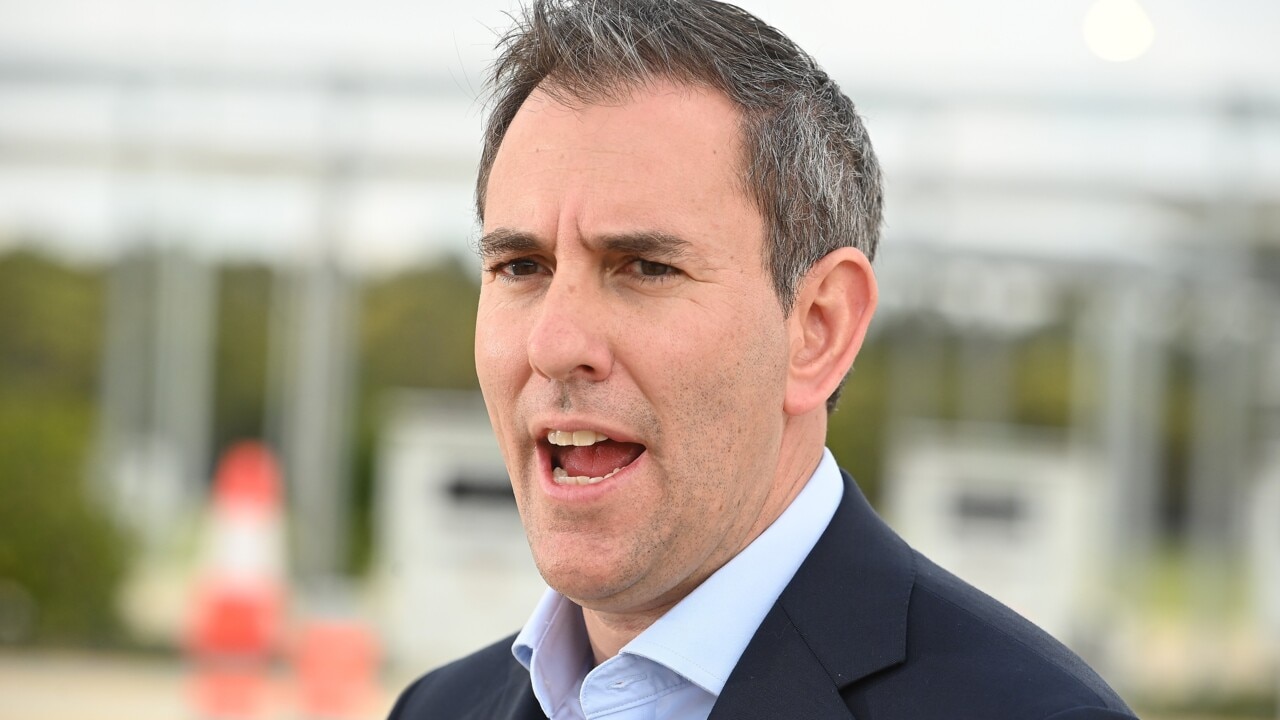
Chalmers praises Curtin and Ben Chifley, his successor, for focusing ‘on the main game’ and governing ‘from the mainstream’, yet as we know the Anthony Albanese government has done the exact opposite.
Rather than govern in the tradition of Curtin, Bob Hawke or Paul Keating, Anthony Albanese and Chalmers have taken their inspiration from Gough Whitlam. Indeed, the parallels between the Albanese government and Whitlam’s are unmistakeable.
Take government spending. Under Whitlam, federal outlays skyrocketed by over six percentage points of GDP in only three years. As inflation rose to alarming heights in early 1974, the government – in defiance of Treasury advice – loosened the fiscal belt.
While the scale is not quite Whitlam-esque, Chalmers is proving just as irresponsible, increasing government spending by 1.9 percentage points of GDP over the two years to 2024-25.
Then there is wages policy. The Albanese government’s mantra of “getting wages moving again” – disregarding its cost or the question of productivity – could have been a Whitlam-era slogan.
Similarly, its sponsoring of big public sector pay hikes and capitulation to trade unions on industrial relations have a distinctly early-1970s feel. It is no surprise that John Setka, a direct throwback to the worst union bosses of Gough’s time, has come to prominence today. And then there is the issue of energy, where blind ideological obsessions have compromised the policy agendas of both governments.

For the Whitlam government, it was the socialist vision of government-funded development. This led it to seek a $US4bn petrodollar loan – four times the nation’s foreign debt at the time – from disreputable sources; an enterprise that ultimately brought the government down (in the so-called Loans Affair). And as we know, for the Albanese government, it is the fixation on costly wind and solar power.
The parallels between the Whitlam and Albanese governments are not confined to policy, but also extend to their key personalities. If Albanese, Chalmers and Chris Bowen are not quite “mini-me” versions of Whitlam, Dr Jim Cairns (his best known, if short-lived treasurer) and Rex Connor (his minister for minerals and energy), there are definite similarities. While Albanese lacks Whitlam’s obvious talents, he shares a number of his flaws, including a penchant for overseas travel, a lack of interest in economics and a cynical view of refugees.
Chalmers is unmistakably a modern-day Jim Cairns, only without the PhD in economics. Both are dreamers, wishing the laws of economics and sound public finance were otherwise than what they are. Chalmers, like Cairns, is a soft touch for spending ministers and industry lobbies on the make; a weakness that earned Cairns the nickname Dr Yes.
And just as Connor famously waited by his fax machine late into the night for the dodgy petrodollar loan that never came through, I can picture Bowen sweating on, but never receiving, the news that energy prices will fall on his watch.
The economic legacy of the Whitlam government was catastrophic: a sharp increase in unemployment, thousands of businesses destroyed, and inflation spiralling out of control (reaching almost 20 per cent at one stage).
As Keating damningly observed in 1987, the Whitlam government simply had no policy for dealing with inflation and unemployment. While the Albanese government’s economic record is not as dire, it too has conspicuously mismanaged inflation. Interest rates are being cut in the UK, Canada and New Zealand, and likely soon in the US, reflecting those countries’ success on this front, but here the RBA is still seriously considering raising the cash rate.

In his Curtin speech, Chalmers argues that the 2020s will prove to be a “defining” decade, determining the three decades to follow. I would argue that 2025 is looming as a defining year, not as a harbinger of the future, but as a potential re-run of 1975. Sure, a dismissal is not on the cards, but the same cannot be said about the voters’ final electoral judgment to be delivered before May. Polls suggest defeat for the Albanese government is now a possibility. Perhaps that’s why Chalmers seems to be positioning himself, both in the Curtin speech and in other ways, as Albanese’s successor.
Whitlam was loved by the elites of his day, but was rejected by working class Australians who held him responsible for the inflation that blighted their everyday lives. For decades, Whitlam served as a cautionary tale for Labor leaders. Echoing Seinfeld’s George Costanza, if they were in any doubt about their next political move, they would “do the opposite” of what Gough would have done. In the Hawke cabinet, to describe a policy idea as Whitlam-esque was the ultimate put-down. That this salutary political lesson has been forgotten by today’s federal Labor politicians is a remarkable feat of collective self-delusion.
David Pearl is a former Treasury assistant secretary.

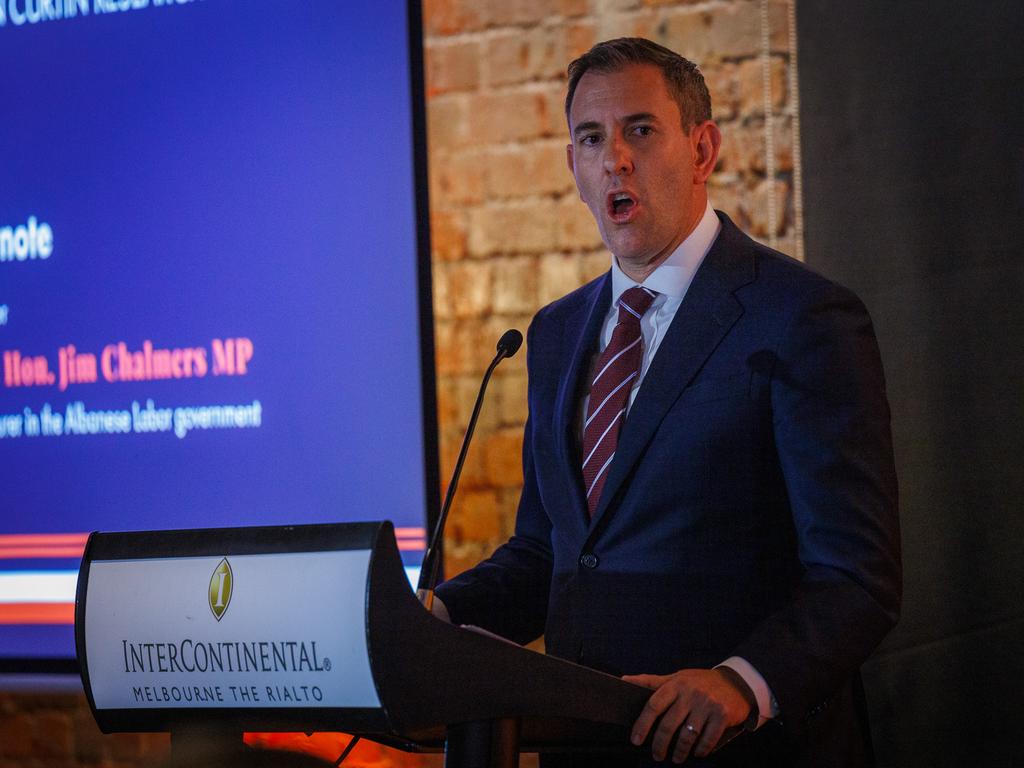
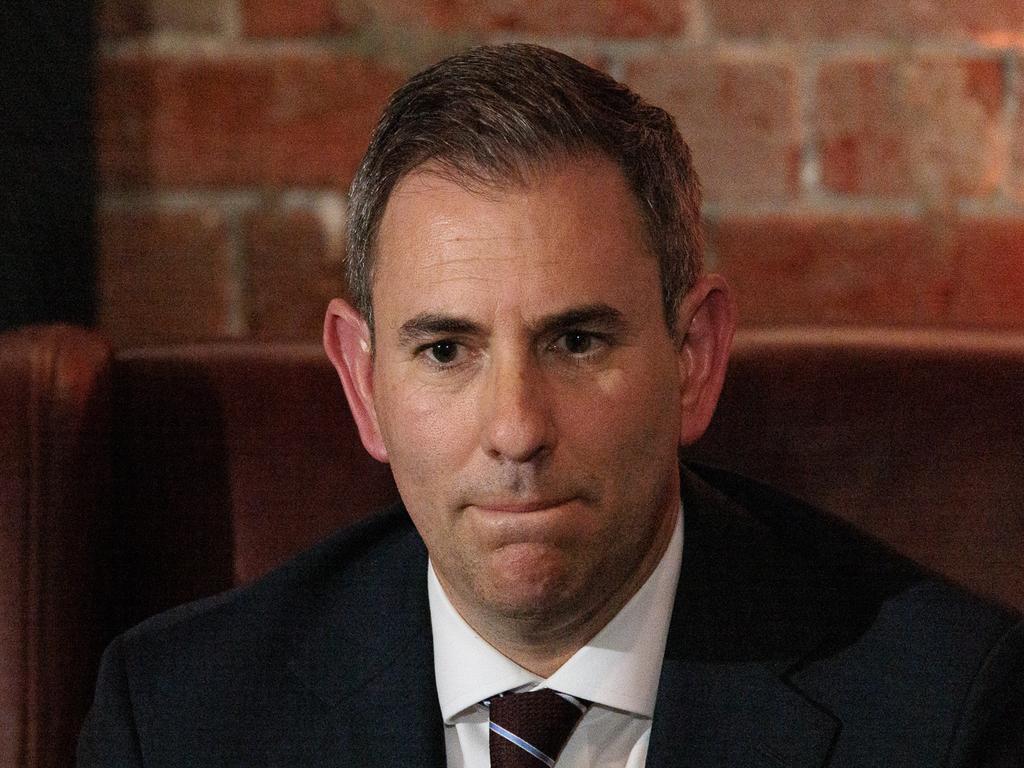
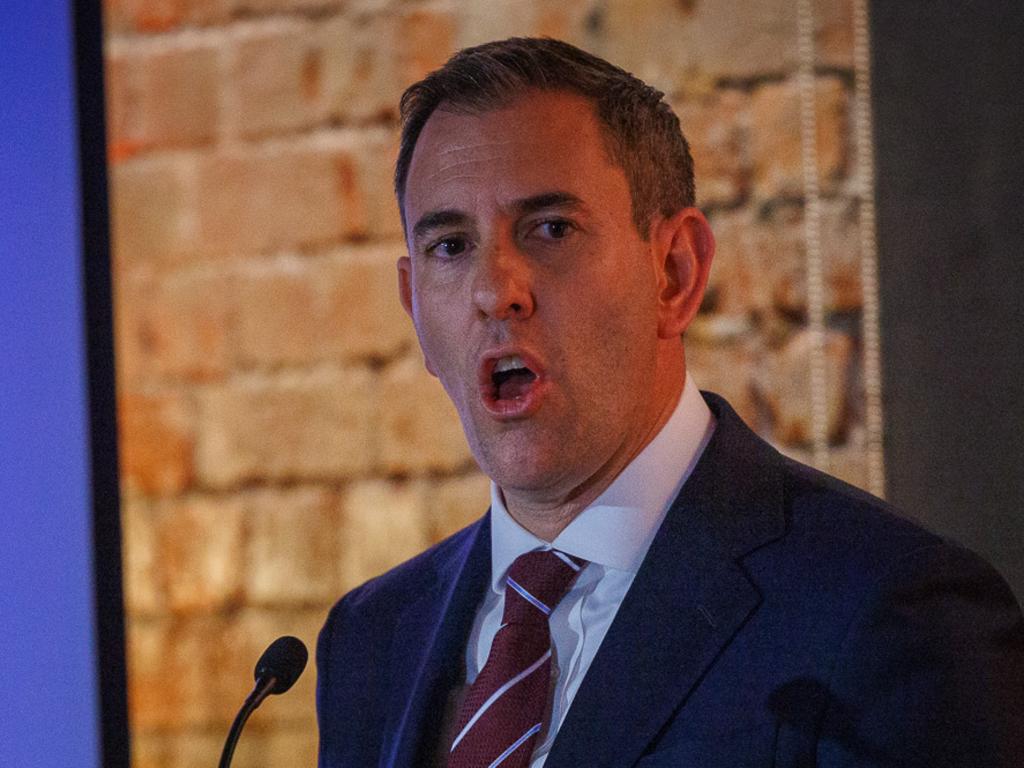
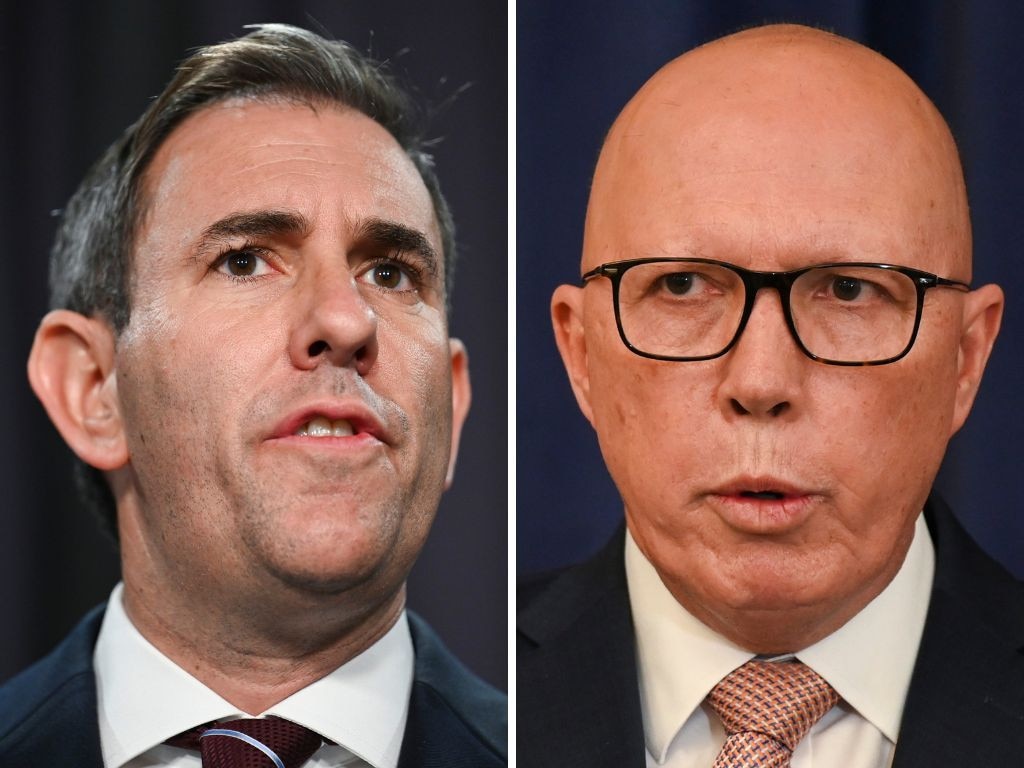
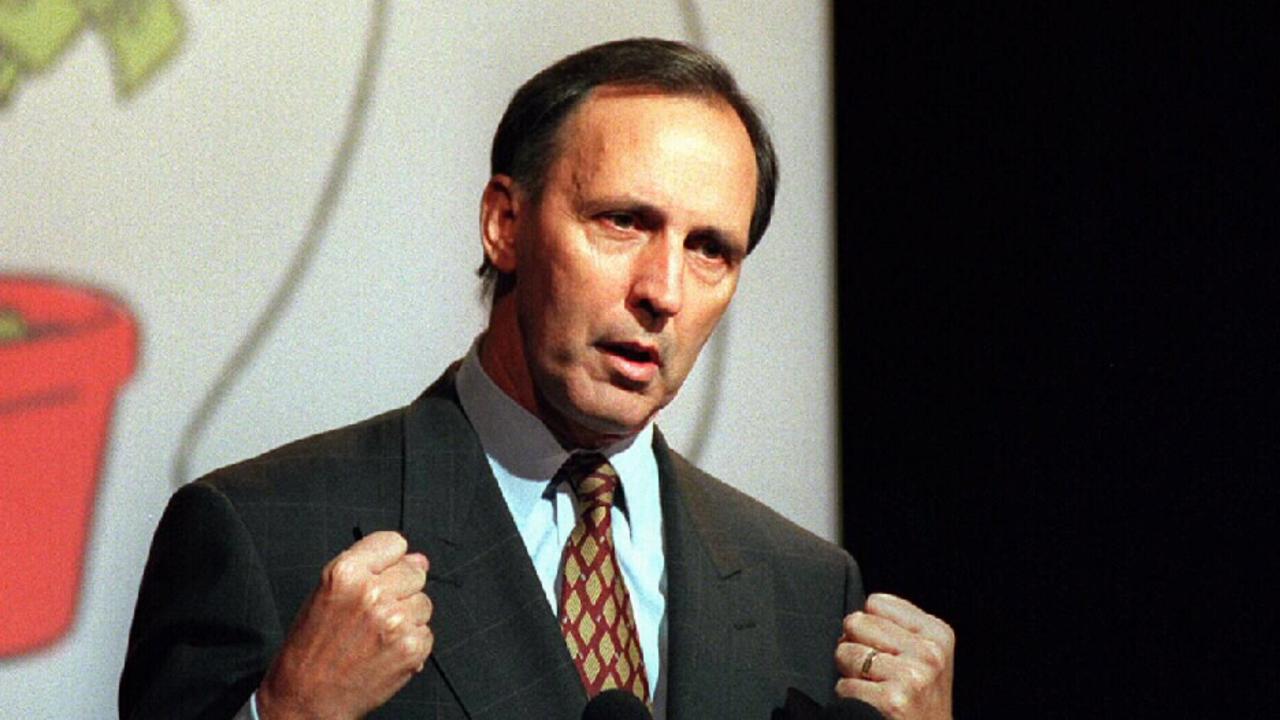

With inflation too high, productivity going backwards and economic growth reduced to a crawl, you’d think Jim Chalmers would focus on the here and now. But no, as he made clear in his speech at the John Curtin Research Centre, he prefers escapism to realism, seeking refuge in a romanticised past and an imagined future all of his own.